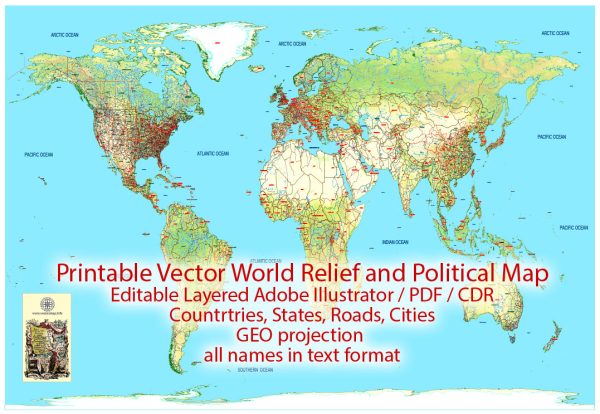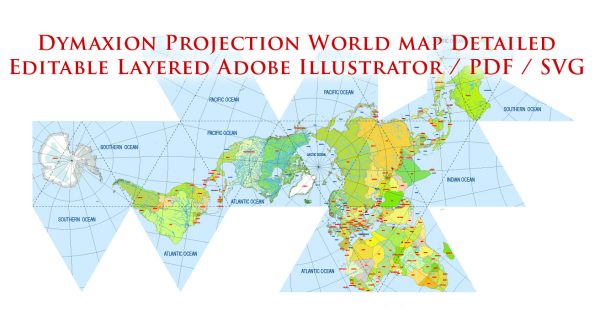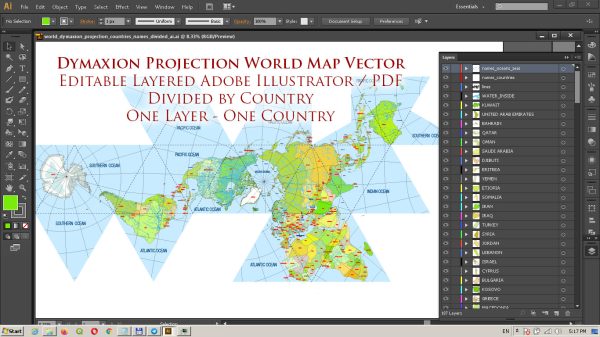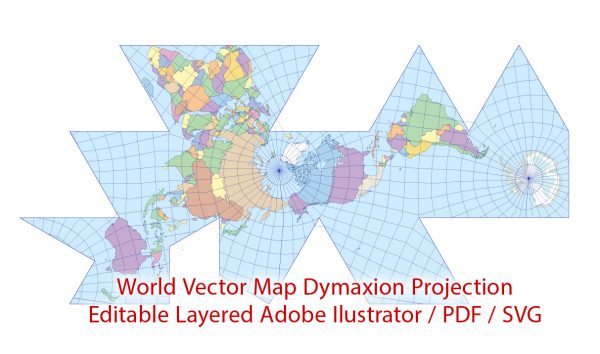World cartography, or the art and science of mapmaking, has a rich history that dates back thousands of years. Here’s a brief overview of key developments in ancient cartography:
- Babylonian Maps (6th Century BCE): Some of the earliest known maps come from ancient Babylonia (modern-day Iraq). These clay tablets depict simple maps of the Babylonian world, focusing on local geography and featuring landmarks like rivers and cities.
- Ancient Egyptian Maps (circa 12th Century BCE): The ancient Egyptians were skilled in surveying and mapping the Nile River and surrounding areas. They created maps on papyrus, illustrating the river’s course, key landmarks, and neighboring regions.
- Ancient Greek Cartography (6th to 4th Century BCE): Ancient Greece made significant contributions to cartography. Anaximander, around 6th century BCE, created one of the earliest Greek maps, and Hecataeus of Miletus produced a map of the known world. Herodotus, often considered the father of history, also included maps in his works.
- Ptolemaic Maps (2nd Century CE): Claudius Ptolemy, a Greek astronomer and geographer, authored the “Geographia” in the 2nd century. This work included maps of the known world at the time, featuring latitude and longitude lines. Ptolemy’s maps had a significant influence on medieval and Renaissance cartography.
- Roman Maps: The Romans were skilled surveyors, and they created maps for administrative and military purposes. The Tabula Peutingeriana is a well-known Roman map that depicted the road network of the Roman Empire.
- Chinese Cartography: Ancient Chinese maps date back to the 4th century BCE. The “Shan Hai Jing” (Classic of Mountains and Seas) is an ancient Chinese text that contains descriptions of mythical geography. During the Han Dynasty, maps like the “Yu Ji Tu” depicted a world view centered on China.
- Islamic Cartography (8th to 15th Century): Islamic scholars made significant advancements in geography and cartography during the Islamic Golden Age. Notable figures like Al-Idrisi and Al-Masudi contributed to world maps and geographical knowledge.
- Medieval European Maps: During the Middle Ages, maps became more symbolic and less accurate. Mappa mundi (world maps) were often found in medieval European manuscripts, combining geographical knowledge with religious and mythological elements.
While these early maps may seem rudimentary compared to modern cartography, they laid the foundation for the development of more accurate and sophisticated maps in later centuries. The combination of scientific advancements, exploration, and trade in the Renaissance period led to a revolution in mapmaking techniques.





 Author: Kirill Shrayber, Ph.D.
Author: Kirill Shrayber, Ph.D.